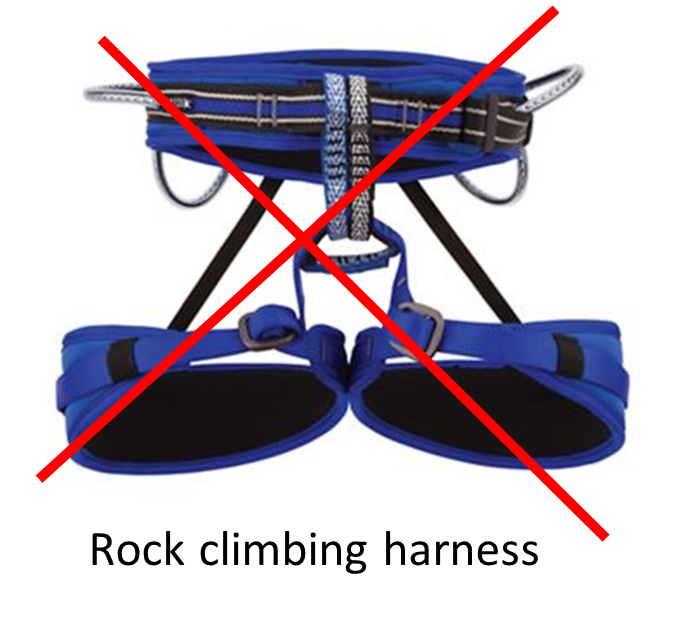Prevent falls from heights
There can be unsafe conditions in the workplace and unsafe actions that can lead to a fall.
Unsafe conditions that lead to falls include:
- Unguarded edges
- Open holes
- Improper guardrails
- Damaged equipment (e.g., ladders, stairs, safety equipment, etc.)
- Slippery conditions
- Unmarked elevation changes
Unsafe actions that lead to falls include:
- Working at heights without fall protection or fall prevention methods (e.g., handrails)
- Improper use of ladders
- Leaning over guardrails
Best practices to avoid workplace falls:
- Have physical barriers and guardrails to prevent falls from heights
- Use scaffolding if a guardrail is not feasible
- Use proper fall arrest system such as a full body harness, self-retracting lanyard, and approved anchor point
- Use ladders properly.
- Choose the right ladder for the job – size and type.
- Keep three points of contact when climbing.
- Do not lean to one side while on a ladder.
- Set the ladder at the proper angle/ratio.
- Secure the ladder before using.
- Post a fall hazard warning sign in areas where a fall hazard exists
- Inspect fall protection equipment before each use
- Never use equipment not rated or made for fall protection
Refer to the UW Fall Protection Program Manual for information and resources that all units/departments can use to address potential fall hazards.
The manual includes inspection forms, such as the Walking-Working Surfaces Inspection Checklist, which can help identify potential areas of concern. The manual also includes information on regulations, resources, and training requirements for personnel who use ladders, fall protection gear, powered mobile lifting equipment and other equipment, or work on scaffolding.
Units/departments must ensure required inspections are conducted and personnel complete required training.




